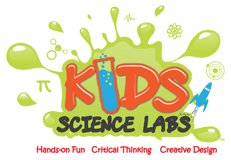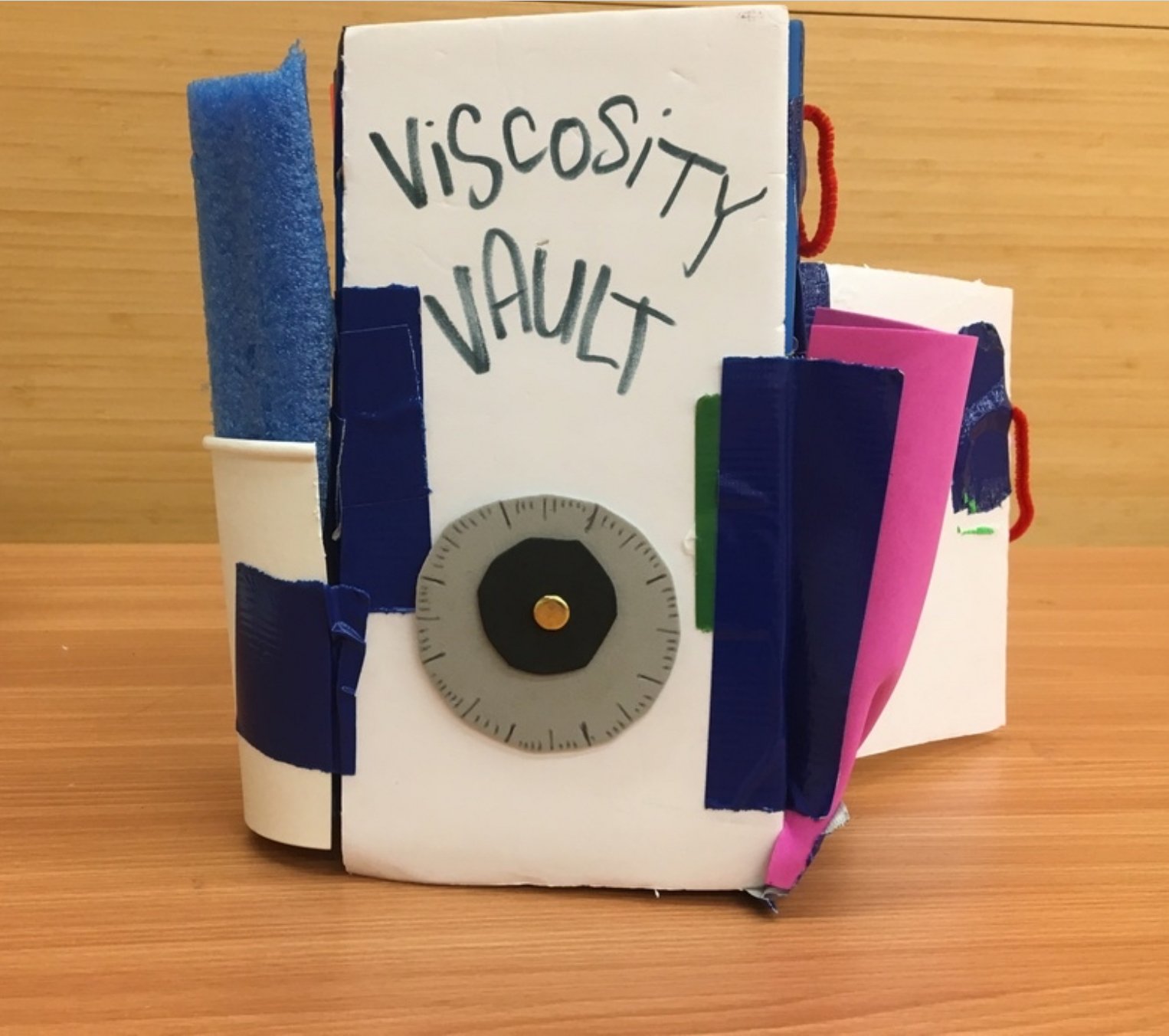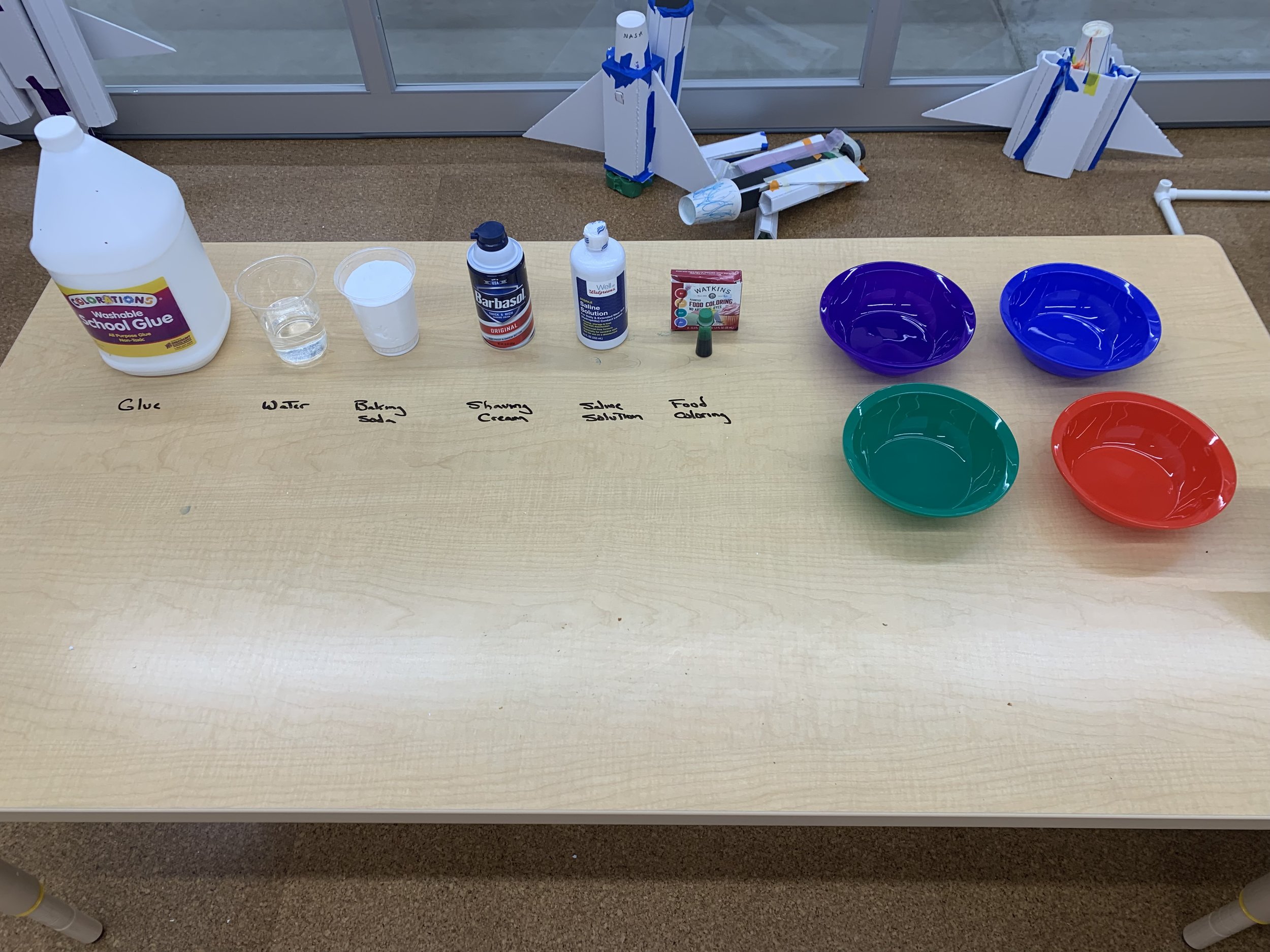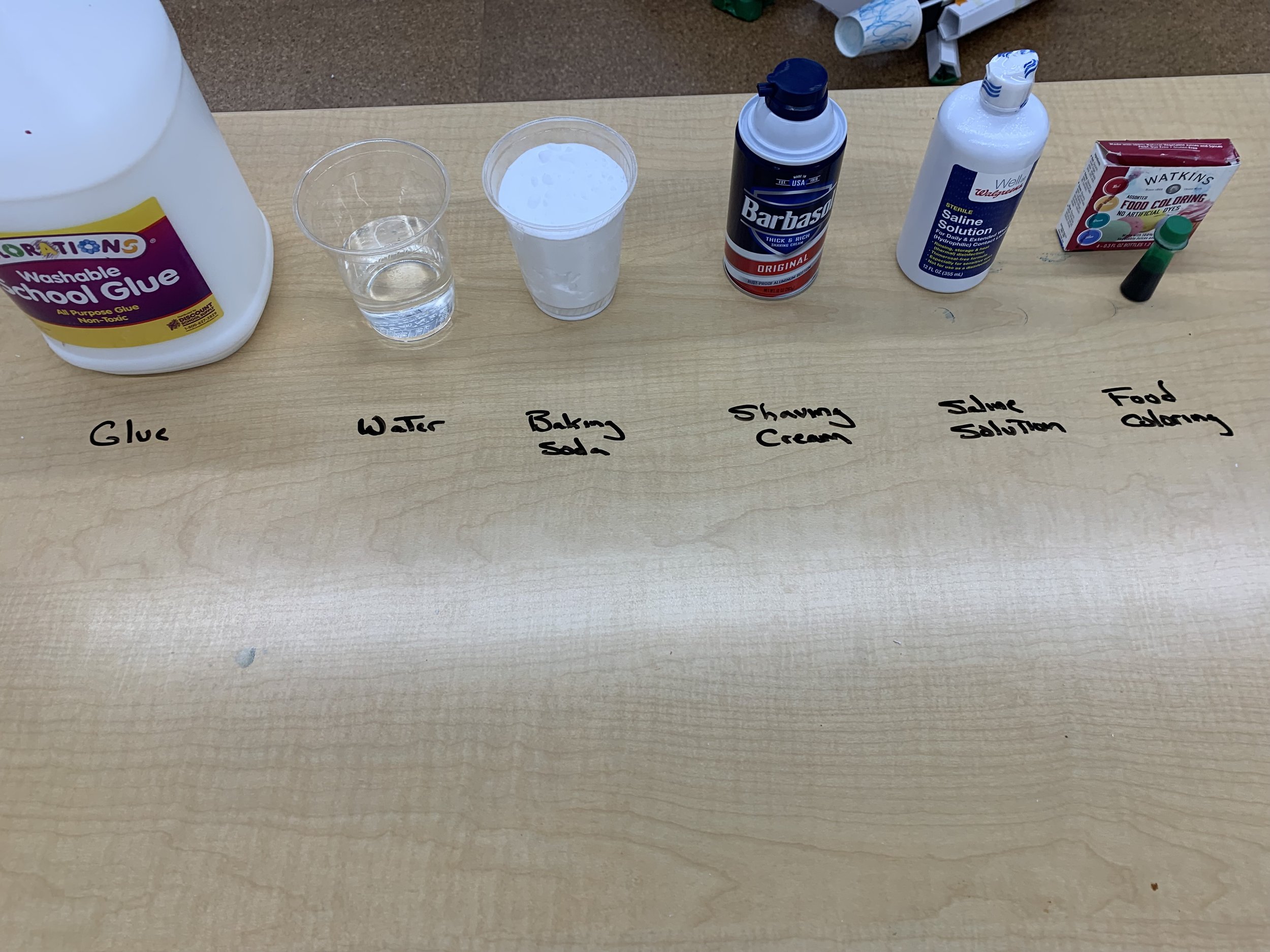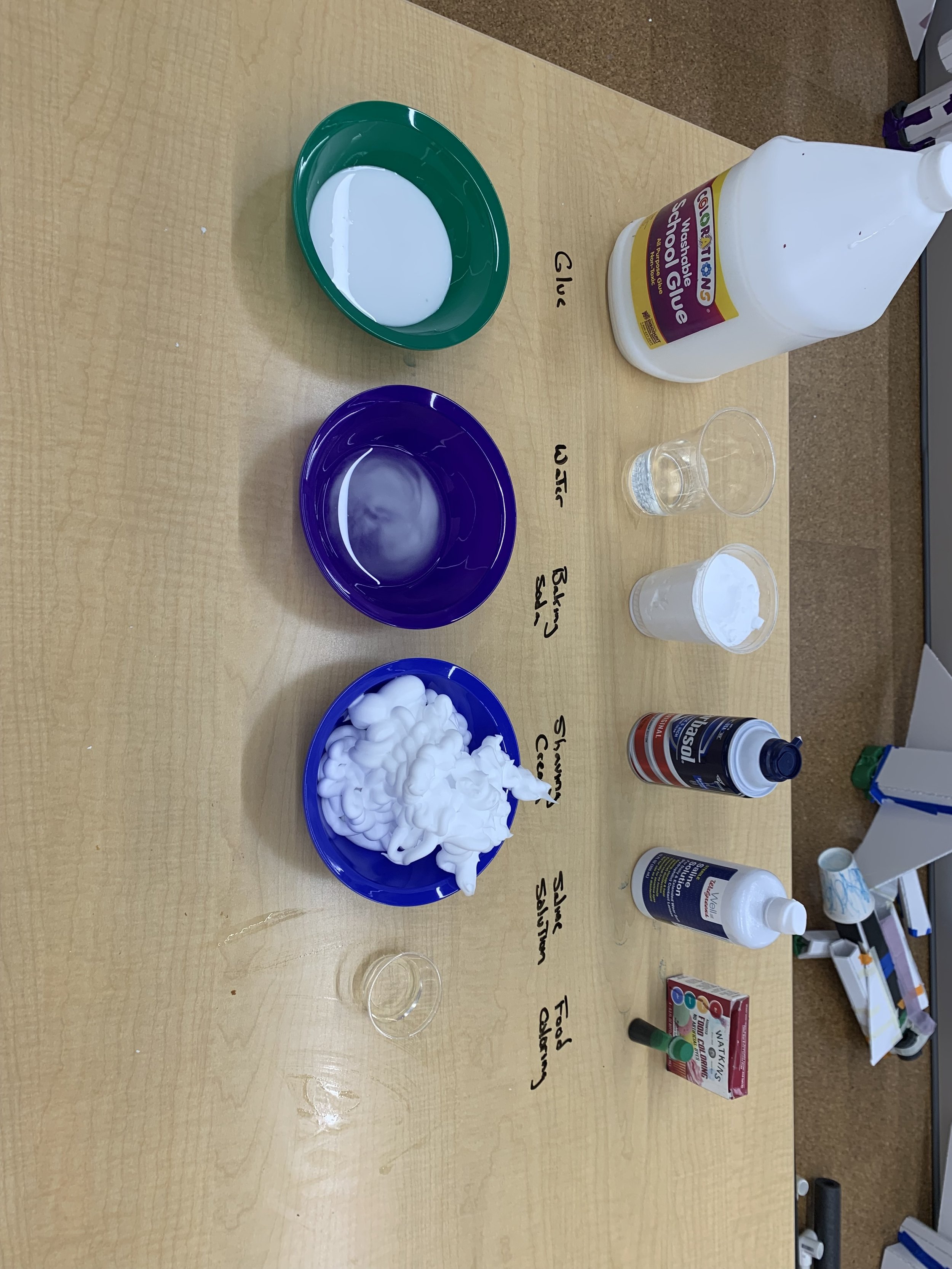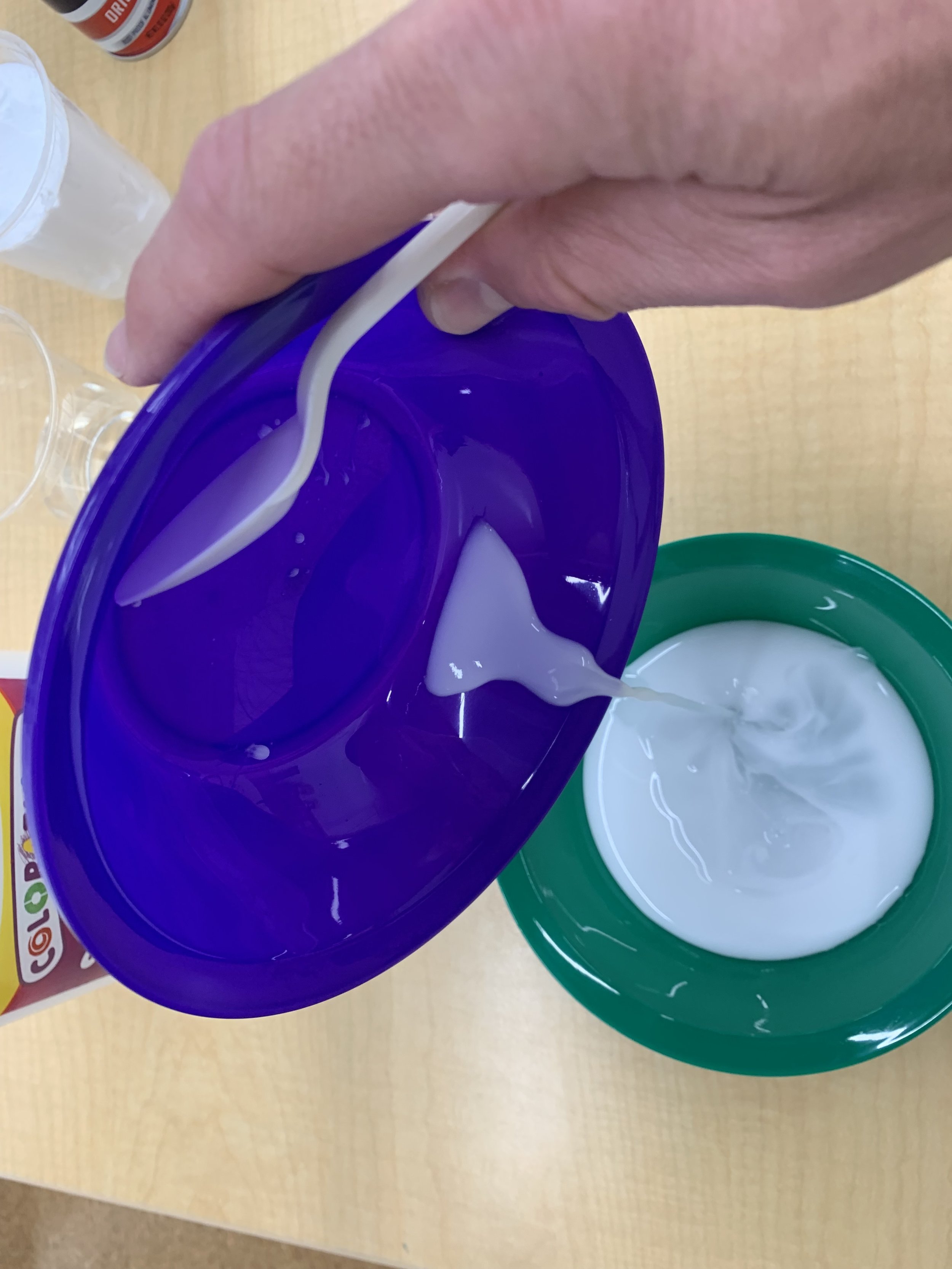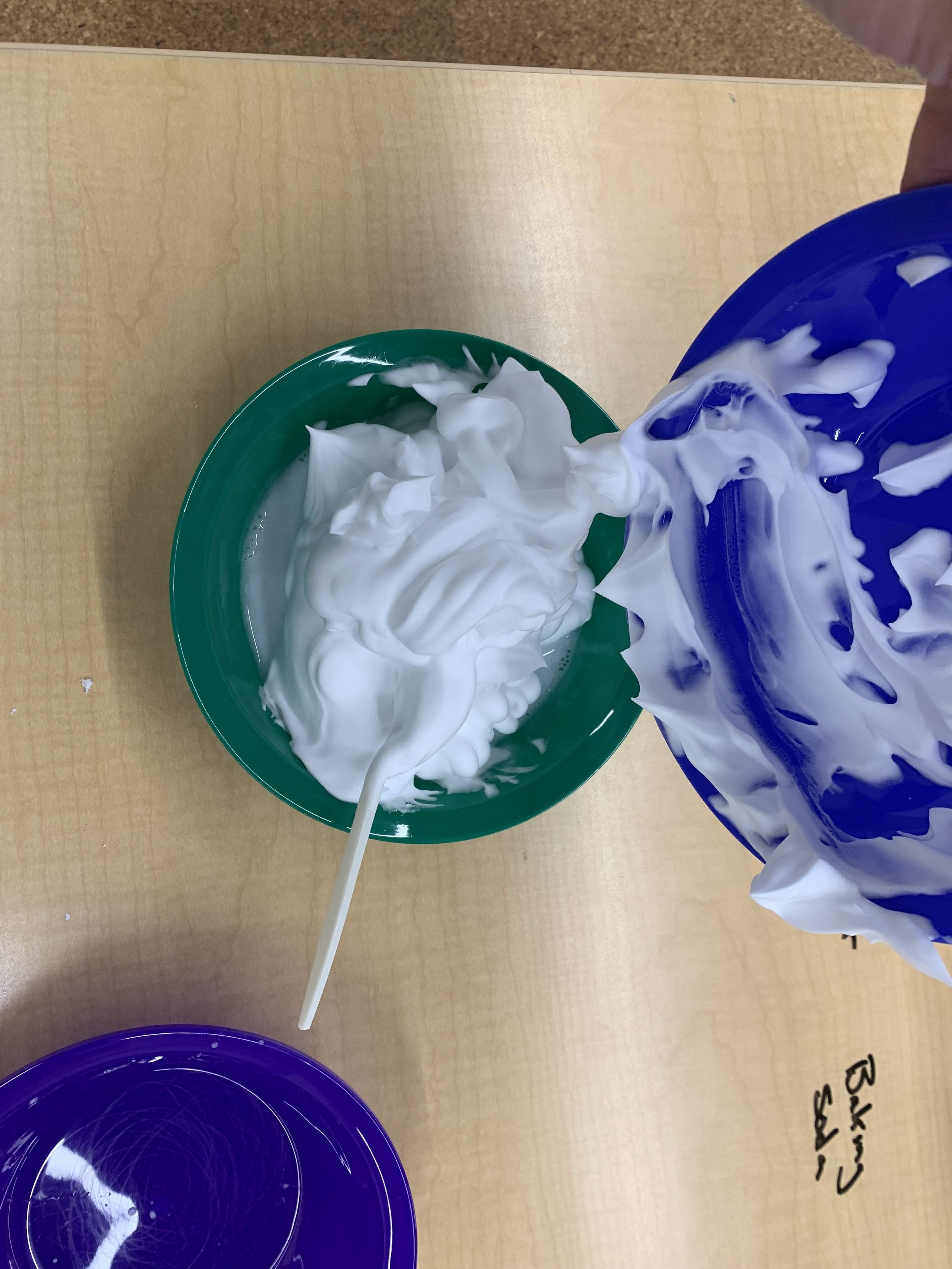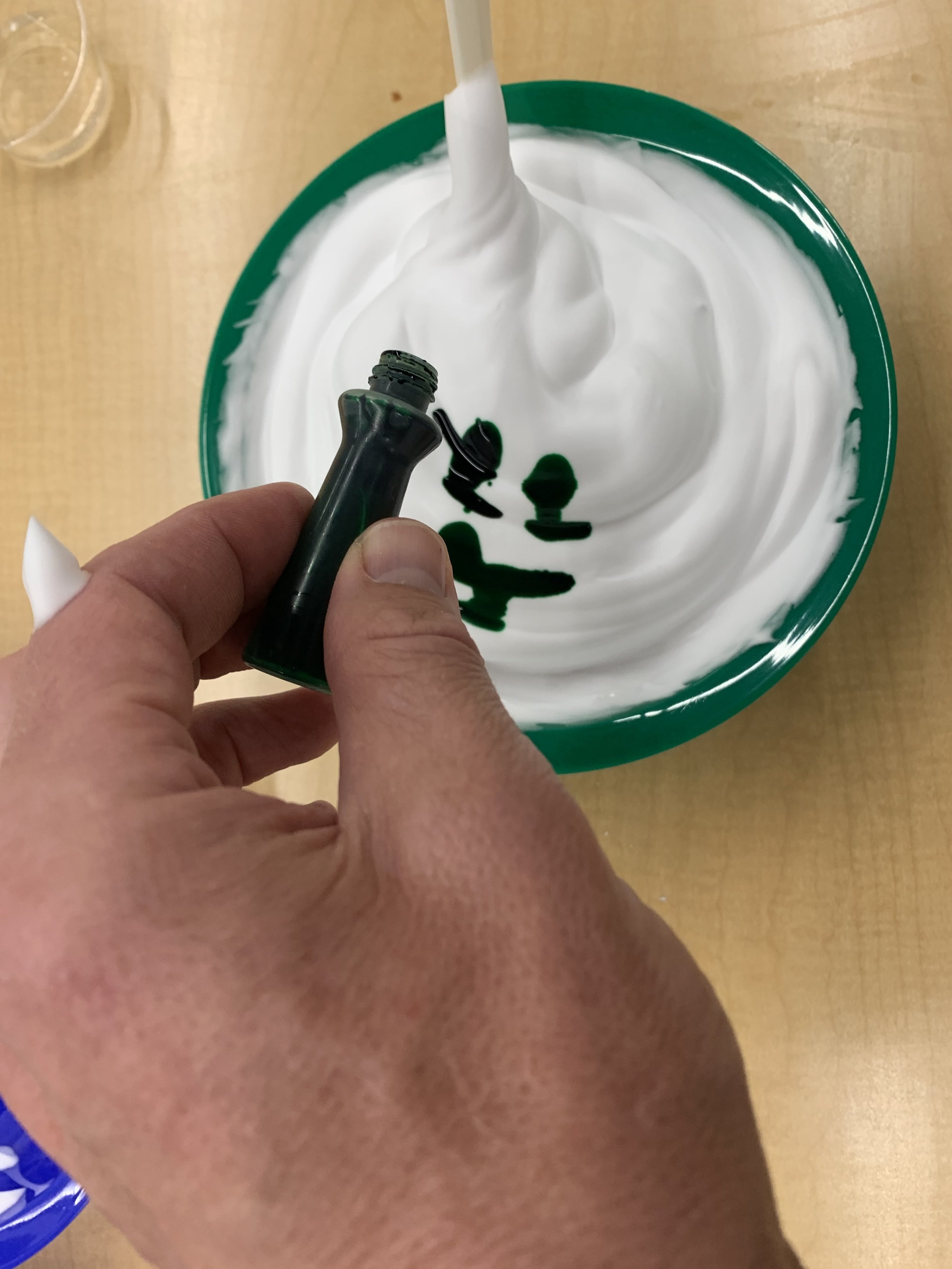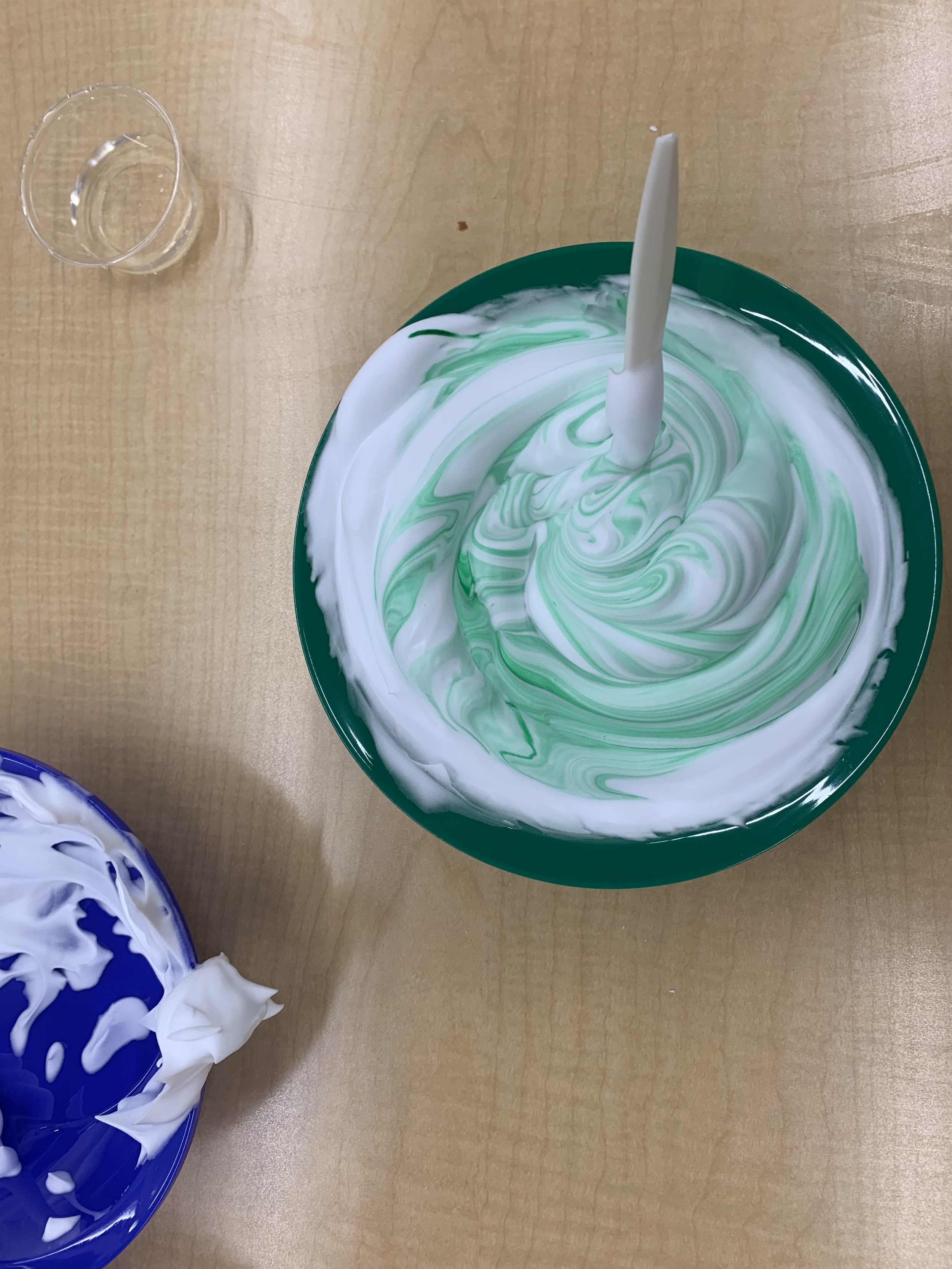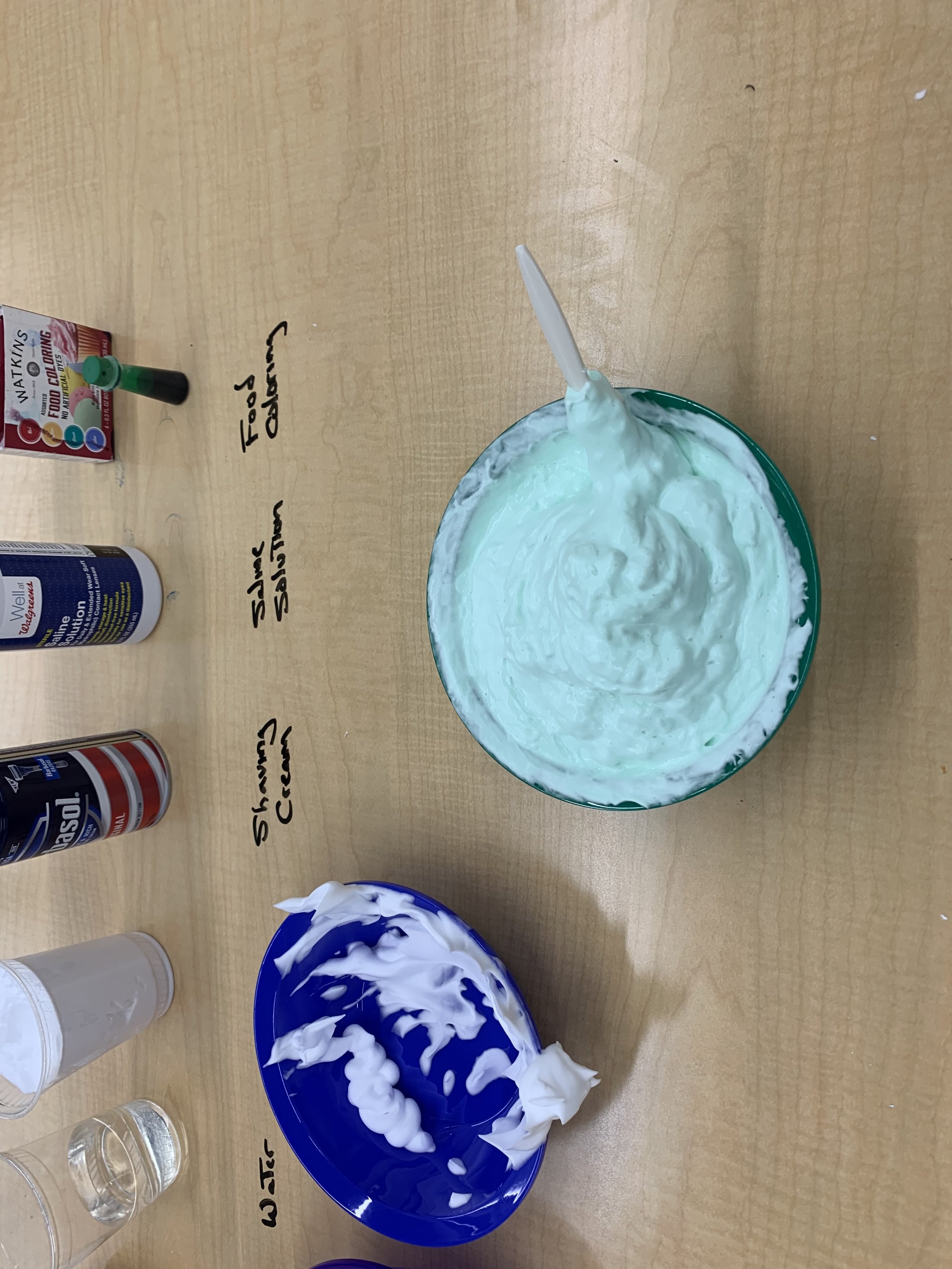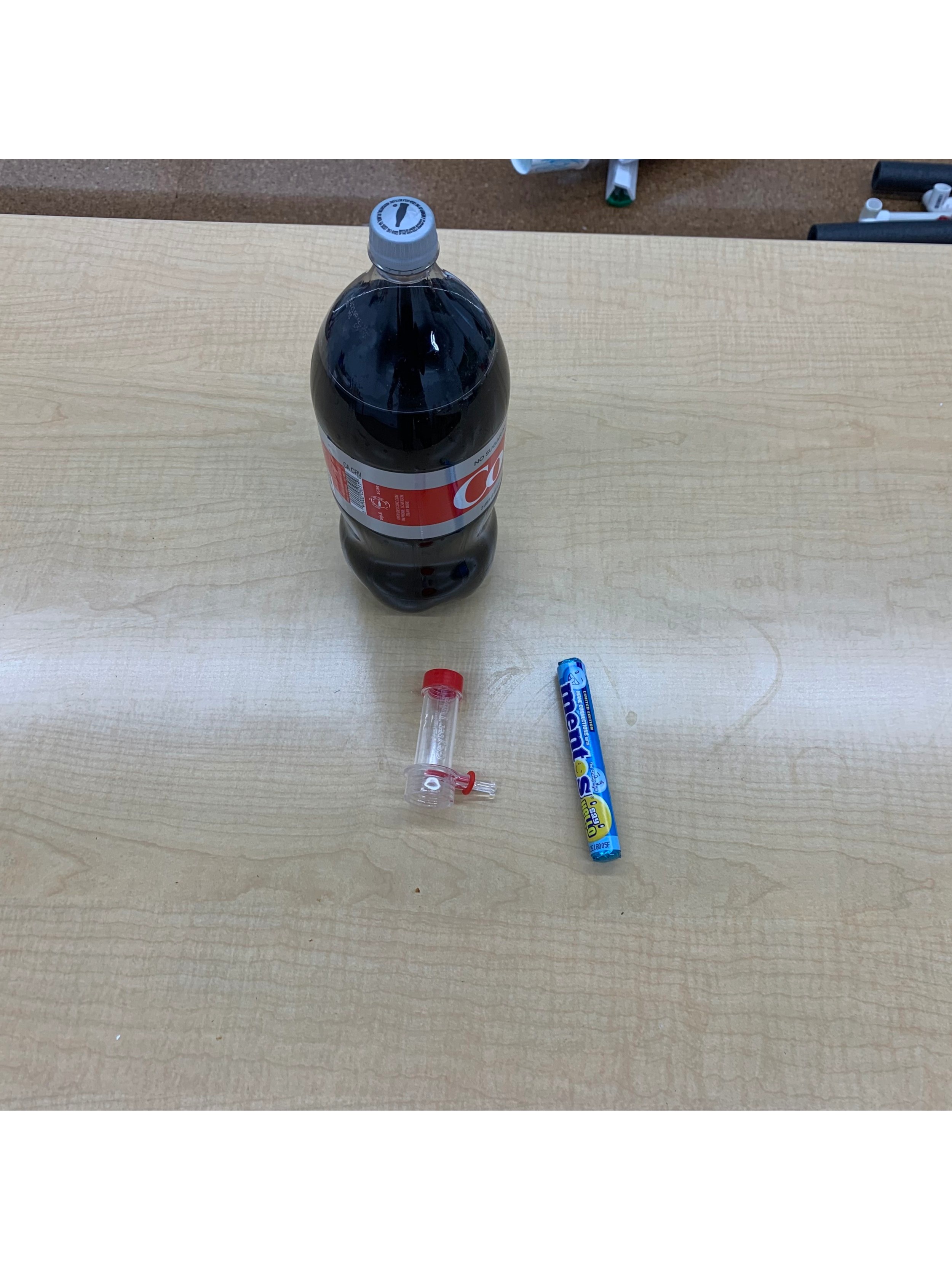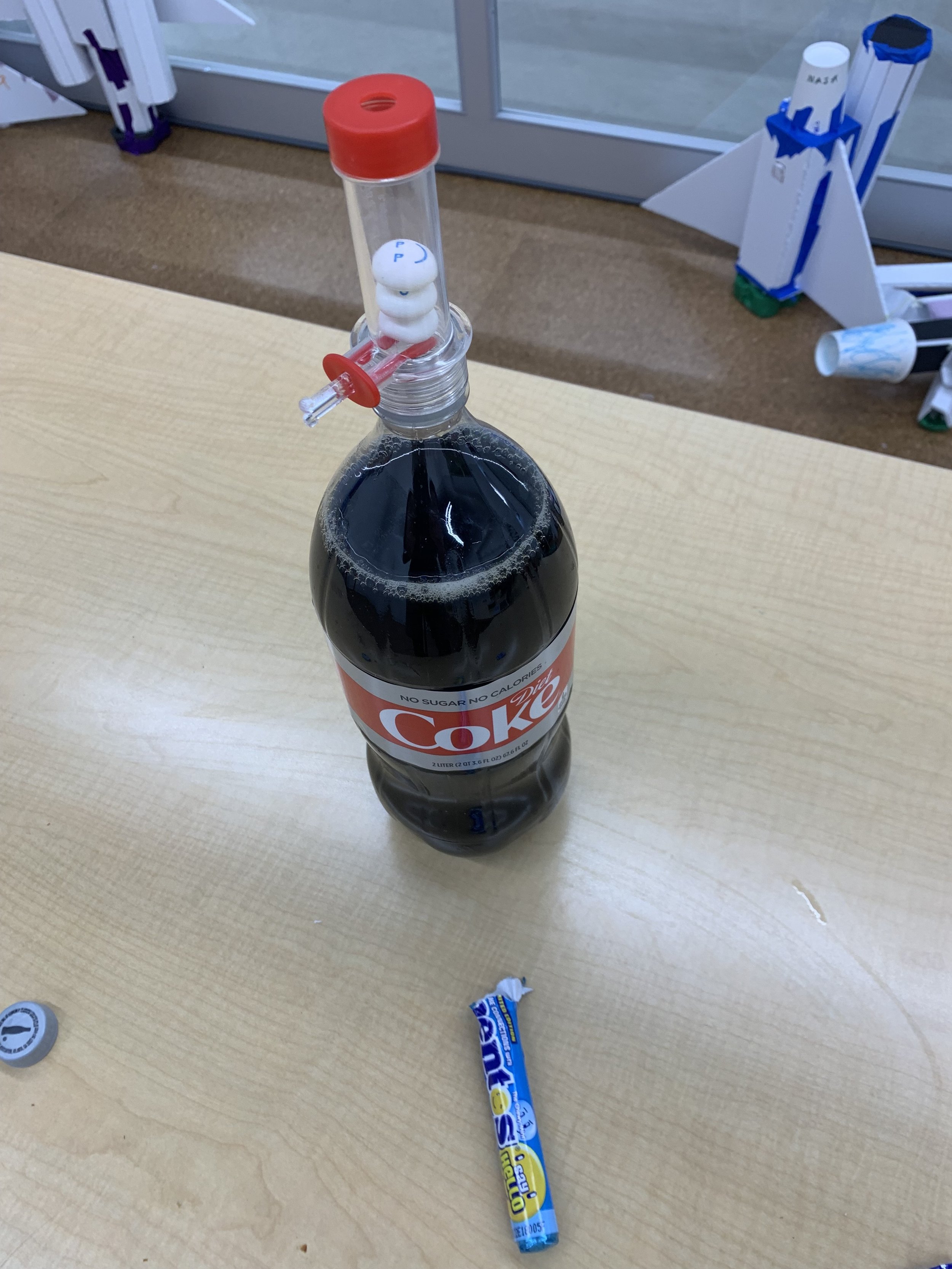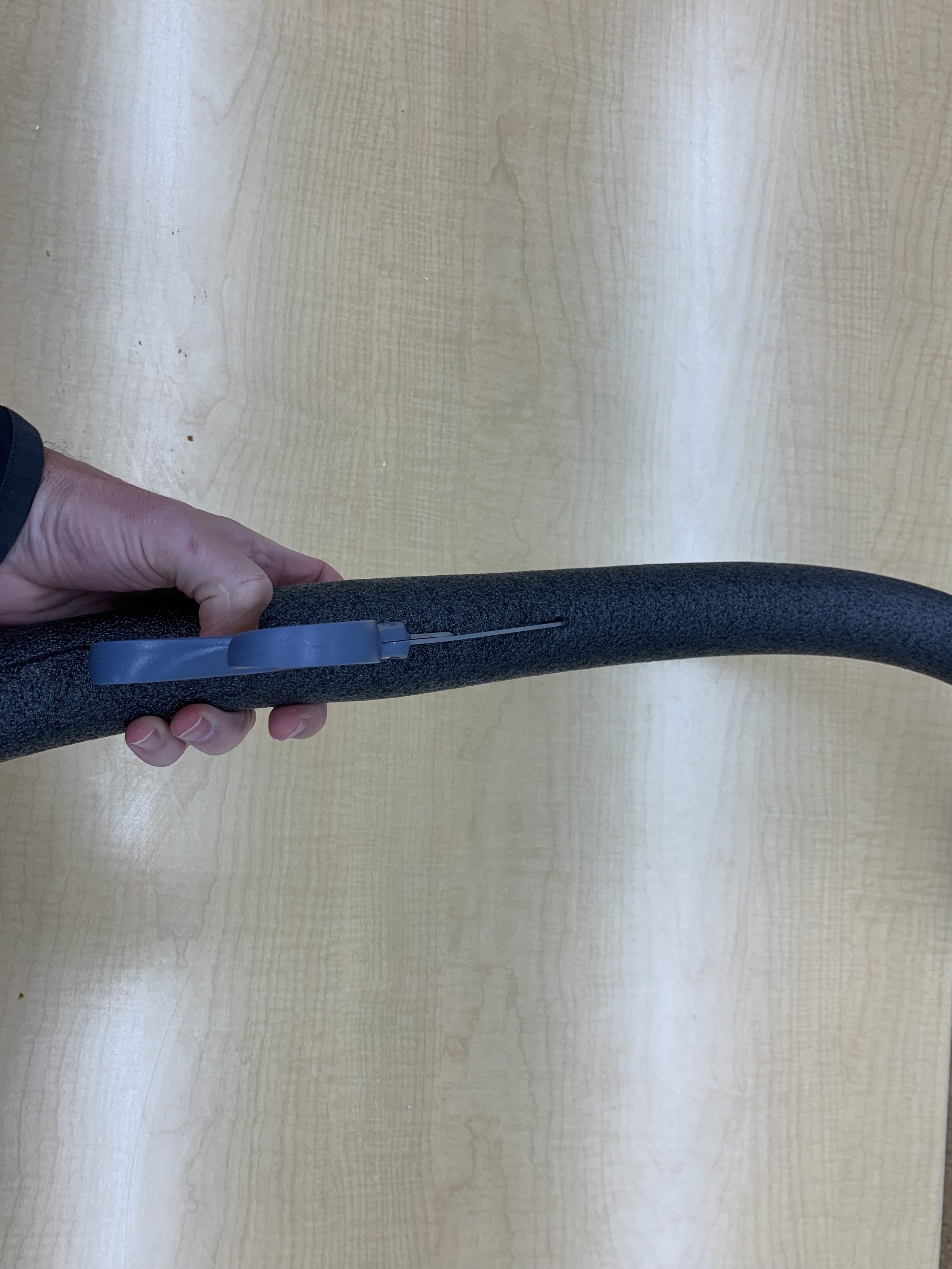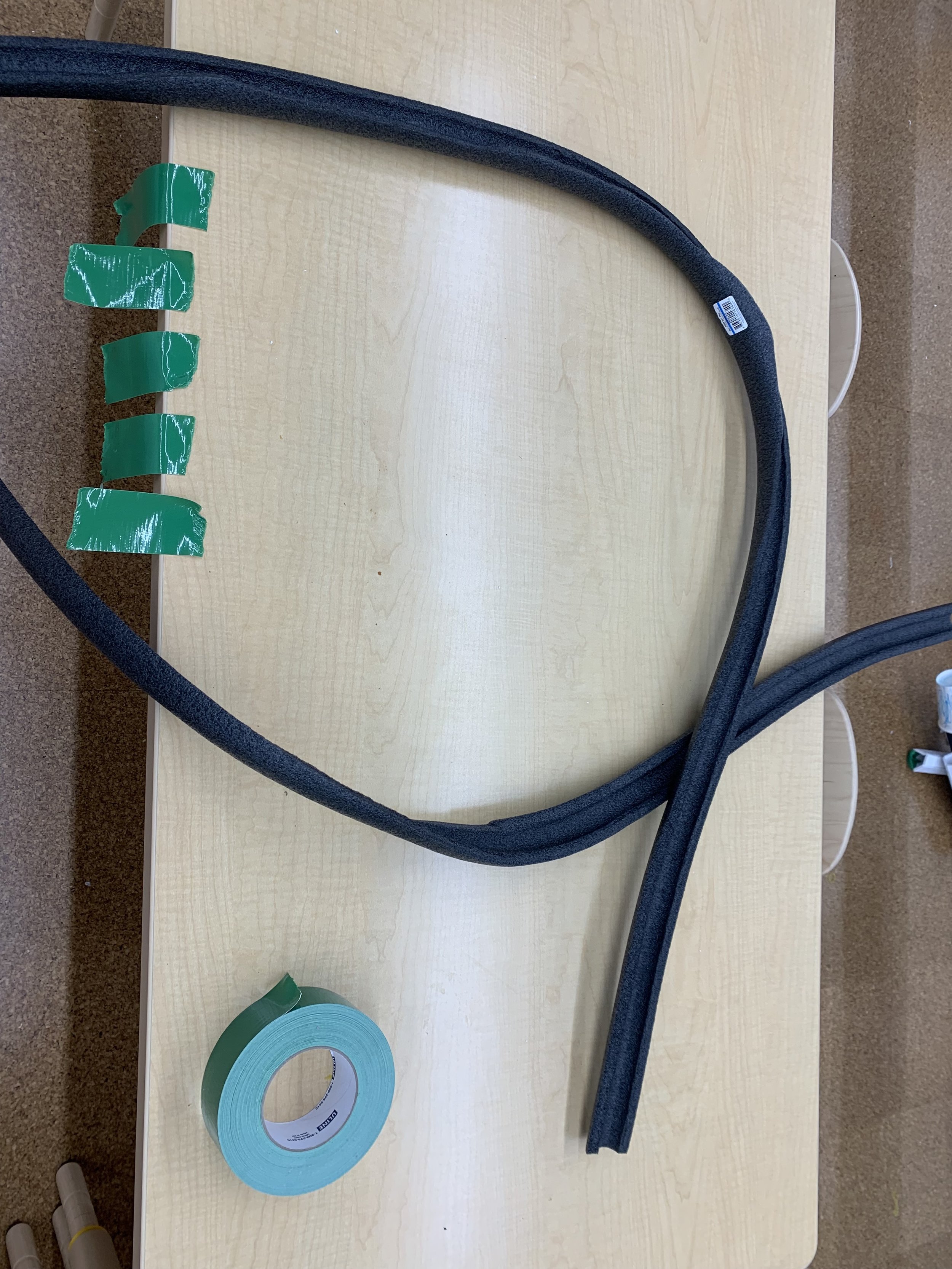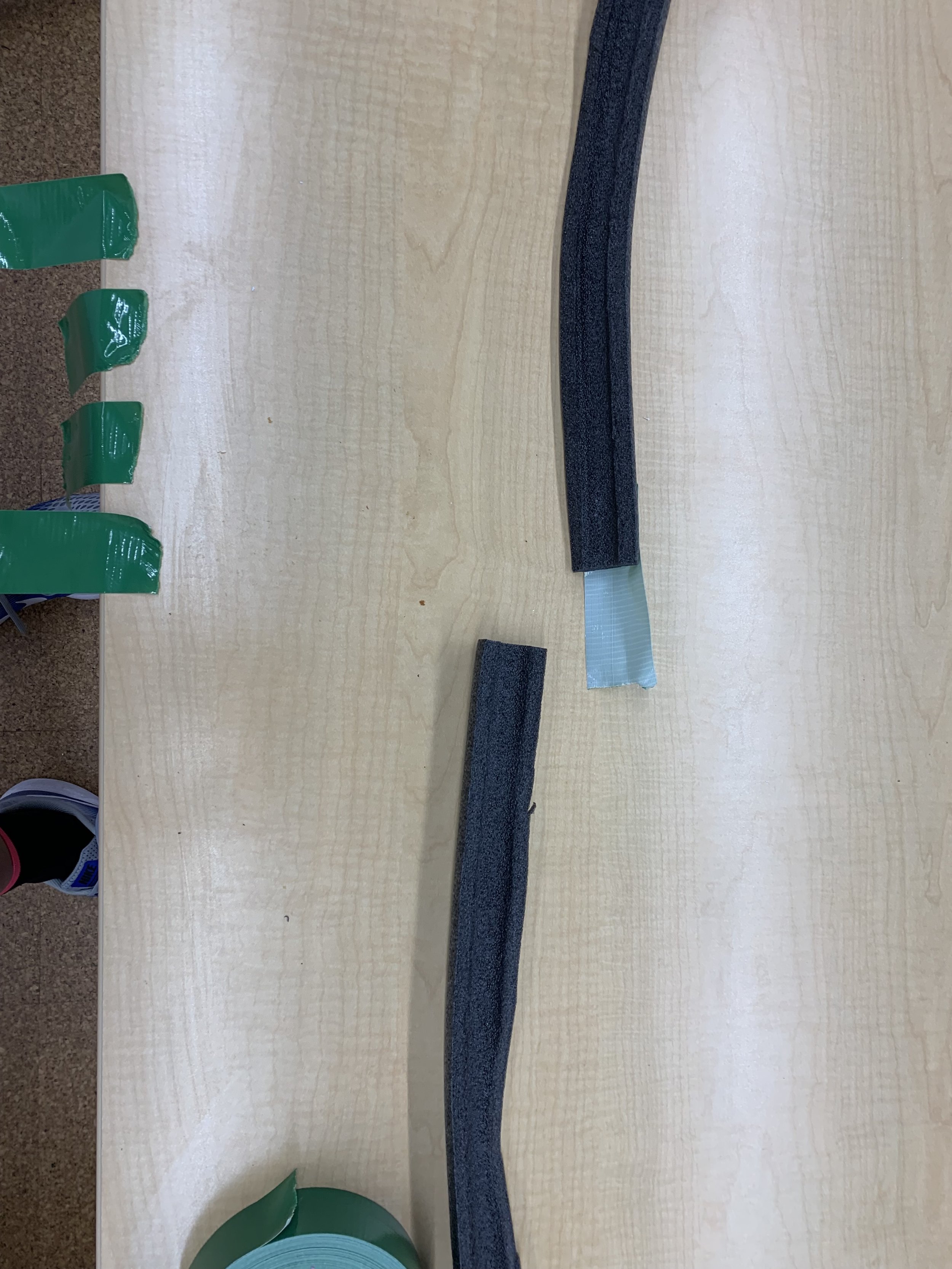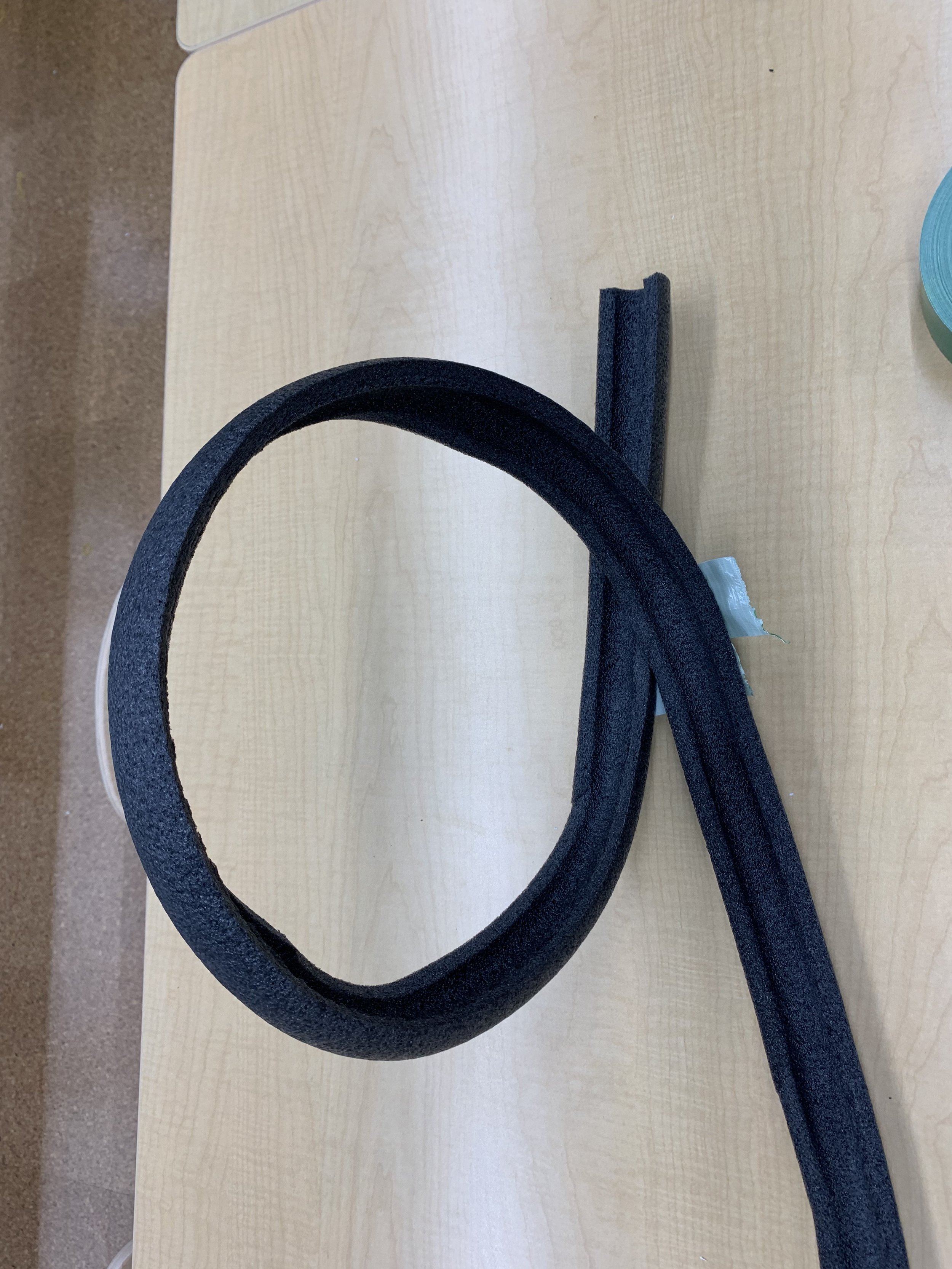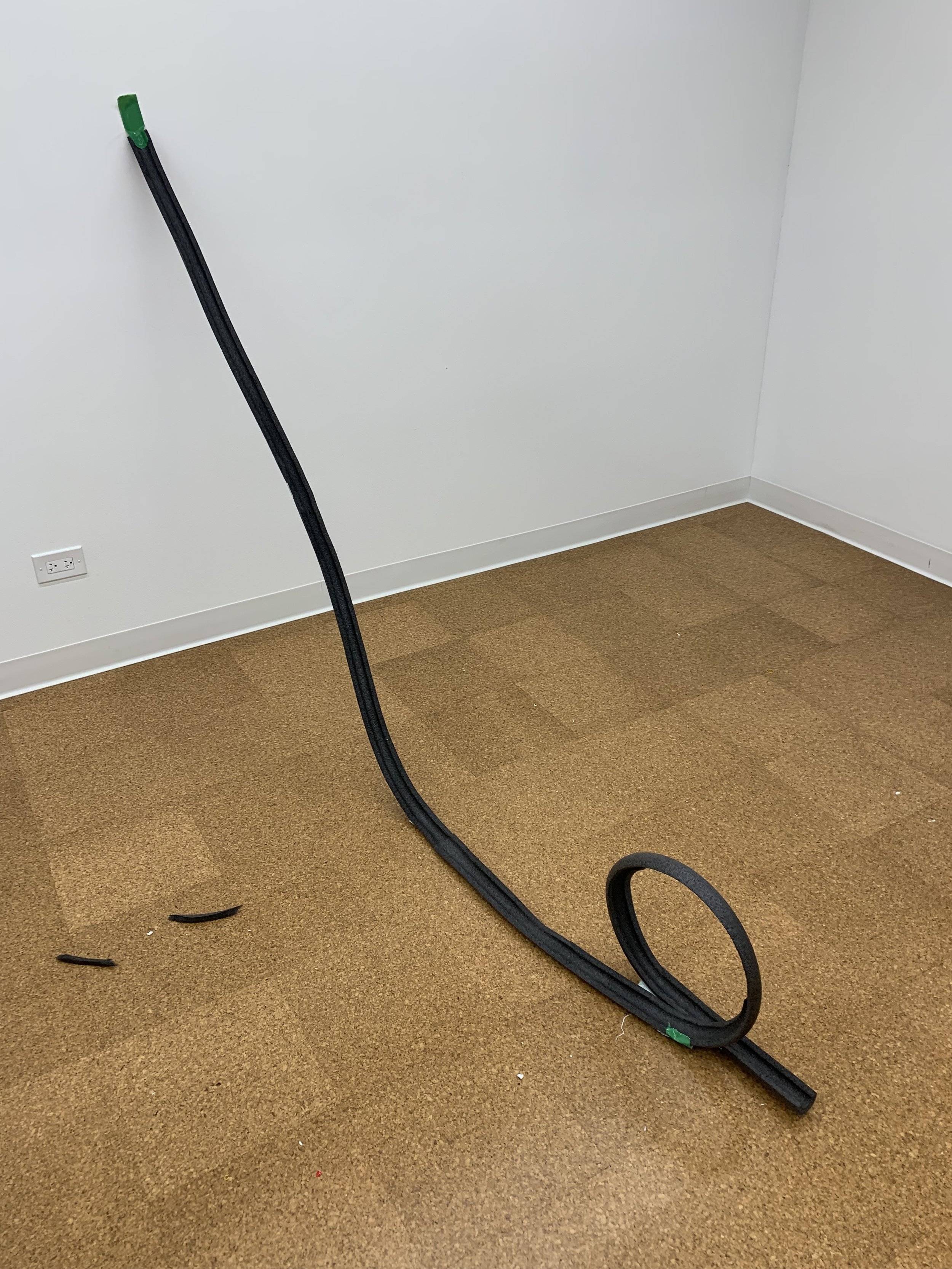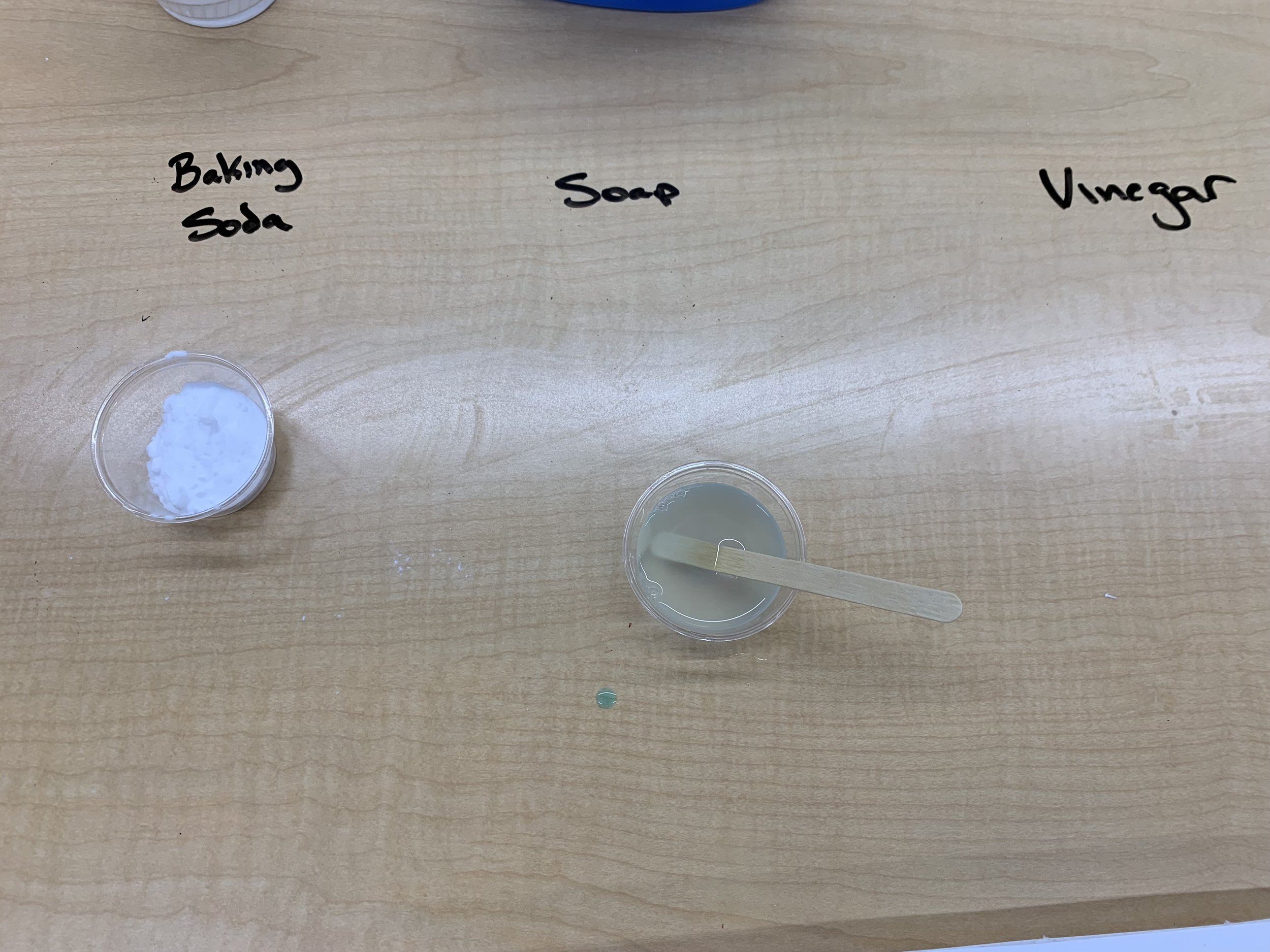Slimes are fun, but they have a real function for animals to defend against attack, ridding your body of germs, and even helping make your toast sweet. Jams, sunbutters, and saliva are all types of slimes that are viscous (thick), sticky (cohesive/adhesive) and wet. On this day, our students made slimes that solve a problem, and explored the elements inside those viscous (thick) liquids in our refrigerator that make them so much fun.
Our young scientists explored the hands-on science below
How to adjust the ratios of elements to change a chemical’s properties using hands-on science
When a substance is or is not a slime, based a simple three-part test (Is it viscous? Is it sticky? Is it wet?)
Comparing the relative viscosity (thickness) of any two liquids, using a simple incline plane to compare their speed rolling down a slight hill.
Watch the video below for an episode of Science Max for Kids about all types of chemical reactions, including real applications of slime and please don’t forget your INNOVATION BOX, which is customized by your child every Wednesday at Kids Science Labs, to enable at home science and create new neuroscience pathways that increase the fun and build real confidence with hands-on science. ….
As members, please take advantage of our KSL Rewards Program that offers benefits to our entire community. Call us at (773-798-2012 or email support@kidssciencelabs.com) and mention “KSL Blog”
20% off any new program registration (parties, camps, group events, field trips) after this camp
Free access to KSL Academy Programs for gifted and enthusiastic young scientists
Social media raffle for members to win birthday party giveaways at Kids Science Labs
Exclusive members-only Youtube content that powers kids to outperform in STEM long-term and on NGSS tests in 3rd, 5th, and 7th grade!
